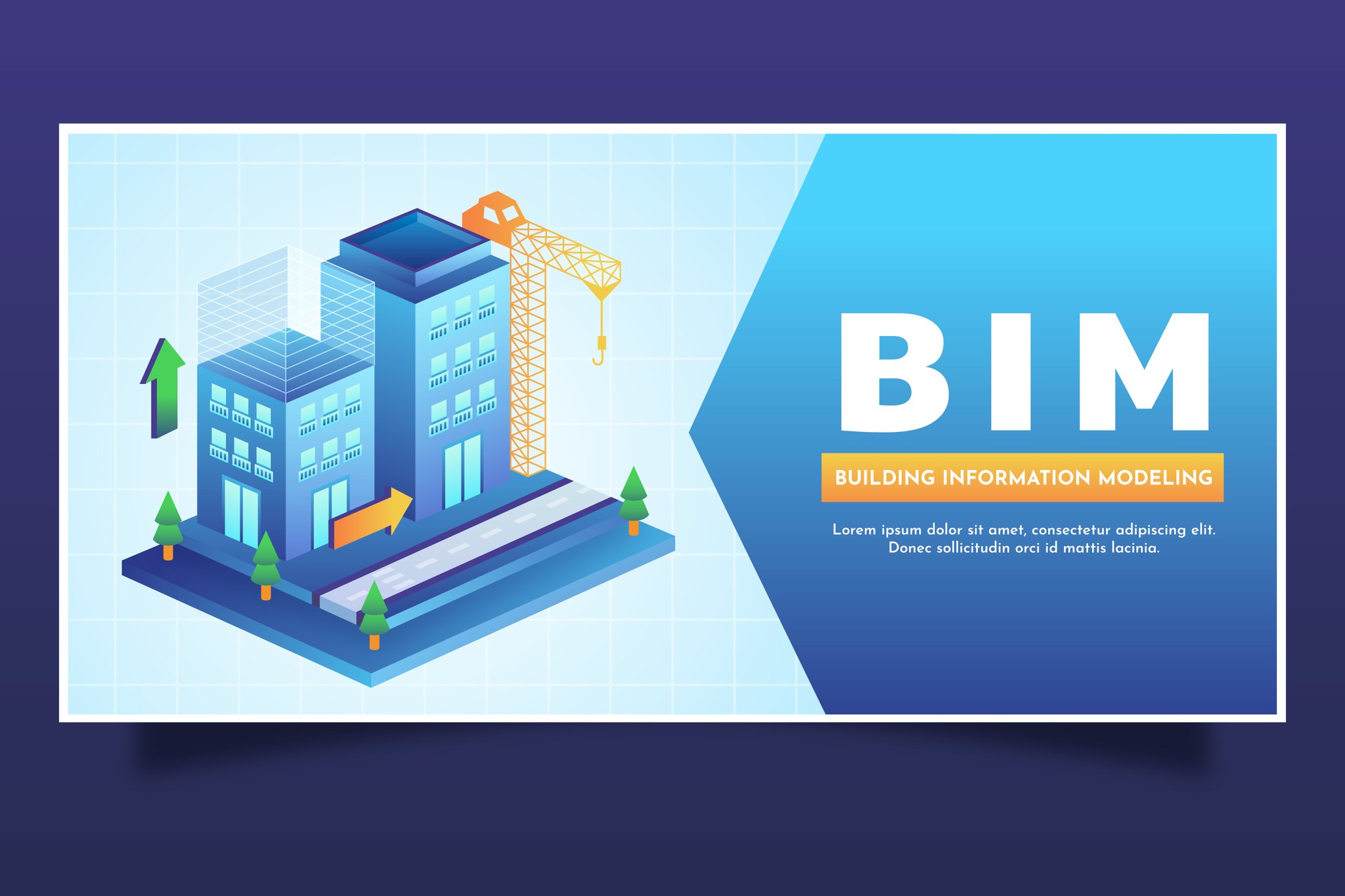
07.03.2024
- Start with a clear project plan: Define your objectives and scope before diving into the analysis. Understand the specific temperature stress factors you want to study.
- Familiarize yourself with ASTEA MACS: Take the time to learn the software’s features and capabilities. Explore its 3D modeling capabilities, temperature gradient analysis, and stress visualization tools.
- Accurate input data is key: Ensure you have precise temperature data for your concrete structure. Consider factors like ambient temperature, curing methods, and thermal properties of the materials used.
- Define boundary conditions: Set up boundary conditions accurately to simulate real-world scenarios. Include factors such as heat transfer coefficients and environmental conditions to enhance the accuracy of your analysis.
- Run multiple simulations: Experiment with different scenarios to understand the impact of varying factors on the concrete temperature stress. This helps you identify critical areas and potential risks.
- Visualize and interpret results: Utilize ASTEA MACS’s visualization tools to analyze the stress distribution in 3D. Identify high-stress areas, temperature gradients, and potential areas of concern.
- Validate your results: Compare your simulation results with field measurements or established analytical methods to ensure accuracy. This step helps build confidence in your analysis and its findings.
- Document and communicate findings: Prepare a comprehensive report documenting your analysis methodology, key results, and recommendations. Share your insights with stakeholders to facilitate informed decision-making.
Remember, ASTEA MACS is a powerful tool for analyzing concrete temperature stress in 3D. By following these tips, you can leverage its capabilities to gain valuable insights and optimize your concrete design process.


